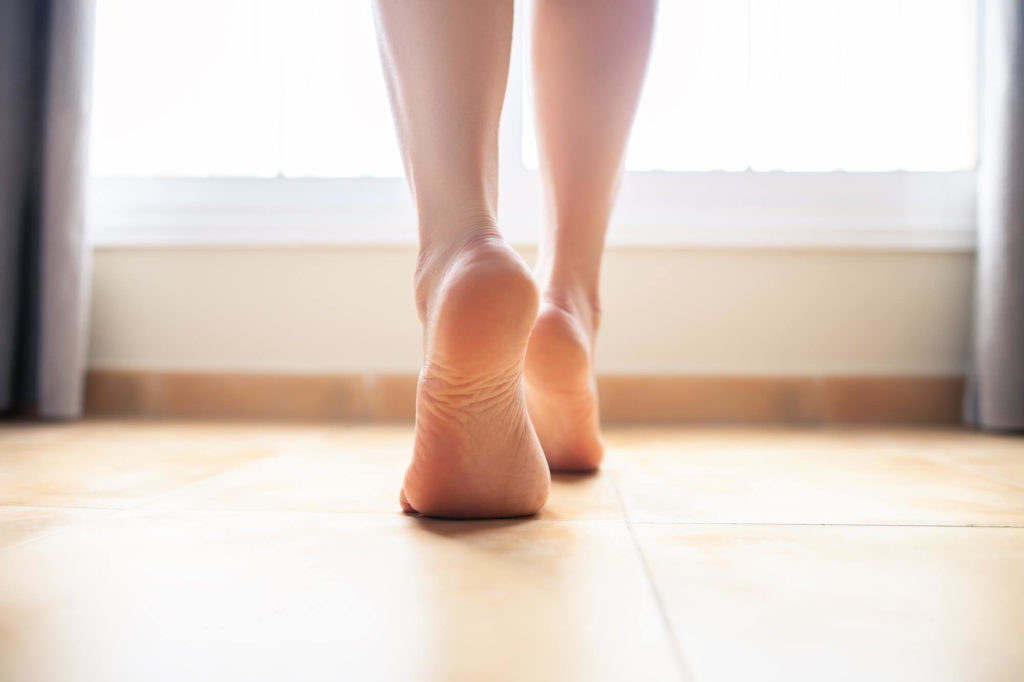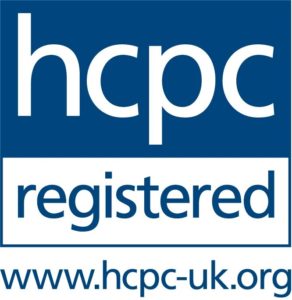Ingrown Toenails
Tackle your ingrown toenail with an effective treatment. To discuss your ingrown toenail treatment contact Trinity Podiatry in Edinburgh today.
This painful condition occurs when the nail has grown into the skin at the sides of the nail and is more common in males and teenagers. This can cause the area to become painful, weep, bleed or exude pus.
It is caused by injury to the nail, (including loss of the nail through sport or injury), incorrect nail cutting, or tight-fitting shoes. In many cases the shape of the toenail may itself be the main cause and the condition can run in families.

Footcare Advice
- Always cut the nails straight across or follow the shape of the toenail – don’t dig down the sides
- Wash your feet daily and wear a clean pair of cotton socks every day
- Wear well-fitting/roomy shoes that preferably allow the feet to breathe
What to Expect from Ingrown Toenail Treatment
In most cases a single visit to the podiatrist will be enough to alleviate the condition. Treatment will involve removing the offending piece of nail with small nail removal. If the toe is very painful then a local anaesthetic to completely numb the toe prior to treatment can be given.
A sterile dressing would then be applied, and it is best to keep the toe dry for at least 24 hours.
If this fails to resolve the problem, then a partial nail avulsion is indicated. This, minor surgery is performed by the podiatrist at our surgery under local anaesthetic injection. This procedure usually takes about 45 minutes & should resolve the problem.
The procedure can still be done even if the toe is infected as the site of the injection is well away from the area of infection and we are happy to treat patients of all ages.
Following the minor nail removal, a large dressing is placed over the toe, which must be kept dry for 48 hours. A series of approximately 2 re-dressing appointments are needed and the toe should be kept covered until the toe has healed. This can take between 3-6 weeks (longer in cases of impaired circulation).
The podiatrist will discuss post-operative care. This procedure has a very high success rate and is aesthetically pleasing. Only further damage to the nail may lead to a recurrence.





